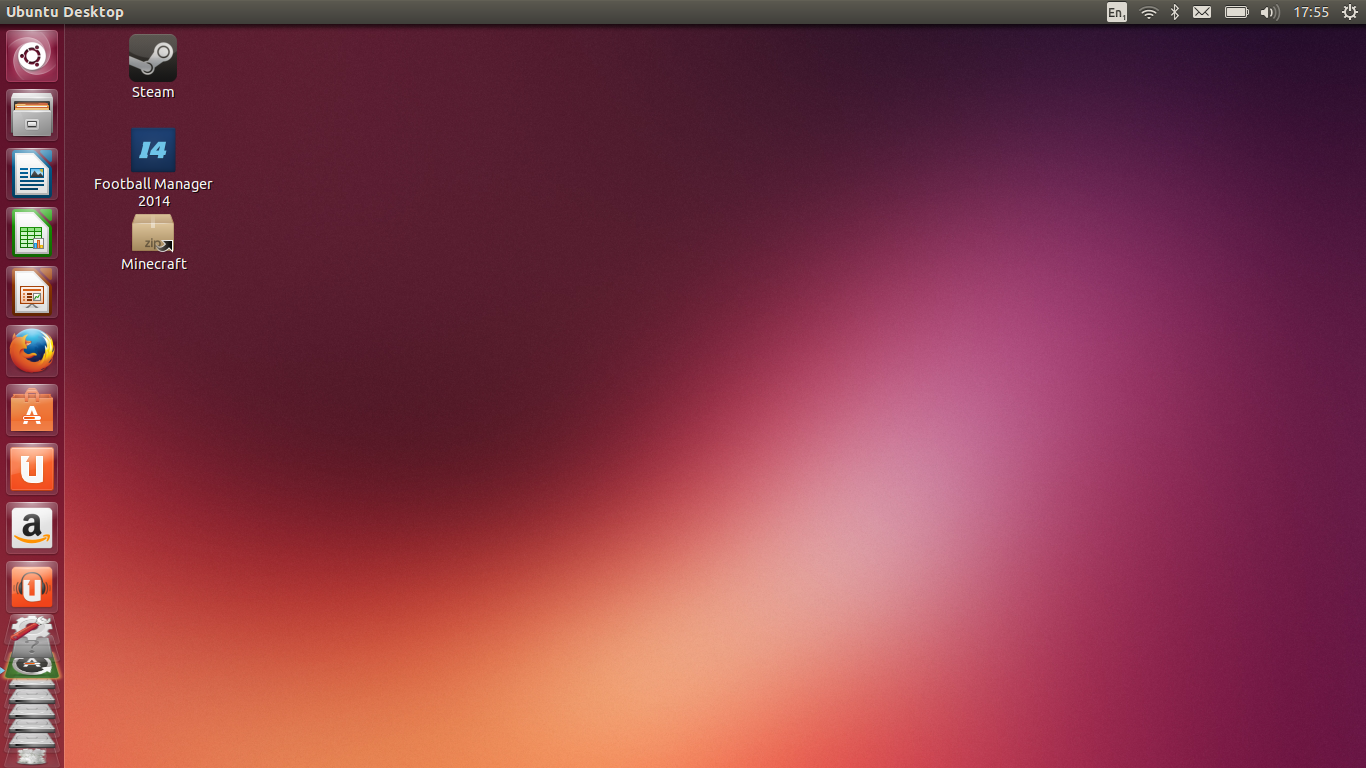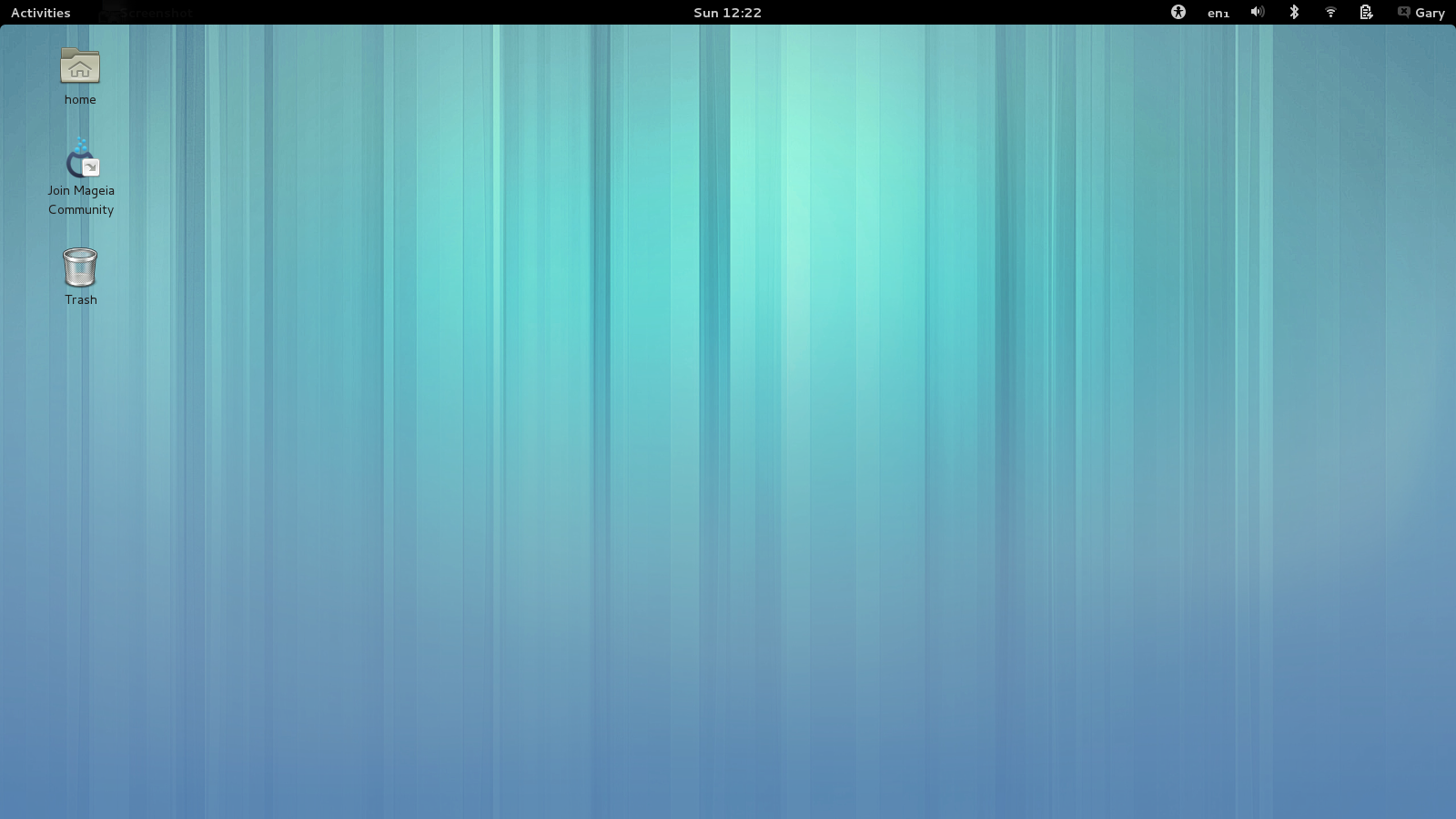Introduction
The “Everyday Linux User” website is dedicated to the average, ordinary, everyday, computer user who has a basic working knowledge of computers and who uses their computer for common tasks such as listening to music, playing games, watching videos, writing documents and editing photos and video clips.
Quite a common question asked at sites such as Reddit and Yahoo answers is “Which distro should I use?” and it is usually followed up by a brief set of requirements and the names of distributions that the user has heard of.
Users are confused when they first come to Linux about which distribution they should be using and I have heard people say “I was thinking of Ubuntu or Arch” or “I was thinking about Gentoo and how hard is it to use Linux From Scratch”.
Quite often these same users are sent off to Distrowatch to check out the distributions listed on that site and I’m sure many of those users then look at the rankings down the right hand side.
The truth is though that out of the top 10 only a handful are really going to be useful for a beginner or everyday user.
This article lists the top 10 distributions according to Distrowatch for 2013 and gives a brief outline of the purpose of those distributions and whether they are the sort of operating systems a new user or average computer user should be using as their first port of call.
Linux Mint
Linux Mint is clearly one of the distributions that the readers of this blog should be checking out.
The order of the day for Linux Mint is evolution over revolution and if you are looking for a traditional desktop oriented operating system with taskbars, system trays and menus then Linux Mint is definitely worth a go.
Linux Mint is a “straight out of the box” operating system and as soon as you install it you can easily do the sort of tasks you would normally do without having to install any extra software.
Setting up the internet is a breeze as is installing peripherals.
There are a number of different desktop environments available for Linux Mint including Cinnamon, MATE, XFCE and even KDE. Use the Cinnamon or KDE desktop environments on newer hardware and MATE, XFCE environments on older hardware.
Linux is really good at sticking to a theme and so it doesn’t matter which desktop environment you choose the general look and feel and behaviour of the operating system is the same.
Click here for a full review of Linux Mint
Ubuntu
Ubuntu is the distribution that most people have heard of and consequently it is the first Linux based operating system that they try.
The fact that Ubuntu is number 2 in the rankings might actually be down to the fact that because most people have heard of Ubuntu they go straight to the downloads page rather than to Distrowatch. This is of course opinion and not necessarily fact.
I believe that Ubuntu is delivering everything that Microsoft wanted Windows 8 to achieve. The Unity desktop once you get used to it is a slick desktop environment and it is easy to see how it could work on desktops, laptops, tablets and phones.
Ubuntu isn’t for everyone though.
The fine line between integration and intrusion is encroached upon by Ubuntu and if you aren’t comfortable with seeing adverts for products within your desktop experience then you might want to move on to another distribution or one of the other buntus such as Kubuntu, Lubuntu or Xubuntu.
Unlike Linux Mint the emphasis is about testing the boundaries. The desktop, although clearly not to some peoples tastes, is forward thinking and modern.
Add to the mix the integration of Steam for gaming and you have a really good operating system.
Ubuntu is definitely a Linux based operating system for the everyday user.
Click here for a review of Ubuntu
Debian
Debian has been around for what feels like forever and it provides the base for hundreds of other distributions including Ubuntu and Linux Mint.
Debian contains a set of repositories with an incredibly large number of applications available for users to install.
The versions of Debian available on their site only install free software and there are no third party or proprietary products included by default.
For new users, setting up Debian can be somewhat of a challenge compared to Ubuntu or Linux Mint.
The choice of which version of Debian to run is also quite tricky and depends on the person who will be using it. If you want the latest stuff today then you can install the unstable branch which has all the latest products but they may or may not work for you. At the other end of the scale you can choose the stable branch which has older versions of software that are pretty much guaranteed to work.
Debian is like Linux Lego. It is great for people who want to start from a base installation and build something from the ground up. It may not be suitable for people who have limited computer skills and it requires more of a learning curve than Linux Mint or Ubuntu.
I would suggest that Debian would be “The Next Step” when it comes to trying out Linux.
Click here for a review of Debian
Mageia
10 years ago the Linux landscape looked a lot different to how it looks today. Ubuntu was still in development.
At that time there were other Linux operating systems leading the way including Mandrake (Mandriva), openSUSE and PCLinuxOS. Mageia was originally a fork of the Mandriva codebase and it is a community driven distribution targeting the same sort of users as Ubuntu and Mint.
Mageia in theory is another operating system that new users to Linux should try out.
Mageia is released for all the major desktop environments including Gnome, KDE, XFCE and LXDE.
My advice is to definitely give it a try because there are people out there who swear by this operating system and think it is the best there is. What I would say though is that if you don’t like it, don’t dismiss Linux based on your experience with Mageia.
Click here for a full review of Mageia
Fedora
At the beginning of the article I mentioned that people often mention distributions that they have heard of whilst asking for advice on which one to use. Fedora’s name quite often comes up.
Fedora is cutting edge. There is less reliance on stability and more reliance on trying out new things. If you want the latest stuff now then Fedora is definitely the way to go.
For new users though the installer itself is a bit of a tricky customer and you may find the odd issue as you go along.
You should also be aware that Fedora, along with Debian, only ships with free software and you have to jump through a couple of extra hoops to install proprietary software and drivers.
openSUSE
As with Mageia and Mint there are a number of desktop environments to choose from including Gnome, KDE, XFCE and LXDE.
openSUSE should definitely be tried by new users and users looking for an alternative to Mint, Mageia and Ubuntu.
The operating system is stable and it is relatively easy to set up and use.
openSUSE has been around for a long time as well so there is little danger of it disappearing in the near to medium term future.
Click here for a review of openSUSE
Click here for a review of openSUSE
PCLinuxOS
A definite must try for new users to Linux. It always surprises me that PCLinuxOS languishes lower down in the top 10 rather than sitting up in 2nd or 3rd.
For new and inexperienced users, PCLinuxOS provides the closest experience to what they are probably used to than any of the aforementioned distributions (with the possible exception of Linux Mint).
There is great support and a great monthly magazine and the community is very friendly and supportive.
PCLinuxOS has the KDE, MATE and LXDE desktop environments available and therefore it caters to modern and older computers.
PCLinuxOS has a rolling release model which means that once you install it you will never have to upgrade.
Click here for a review of PCLinuxOS
Manjaro
The rise of Manjaro has been nothing short of amazing. Based on Arch Linux, Manjaro provides an instant entry point into the world of Arch Linux.
The setup of Manjaro is fairly straight forward and it performances very well on older and modern hardware.
The learning curve for Manjaro is potentially a little bit steeper than the likes of Mint, Ubuntu and PCLinuxOS.
This is not necessarily therefore a distribution that should be considered a first choice for the average computer user.
Click here for a review of Manjaro
Arch
It scares me the number of people who have never tried Linux before that ask the question “Should I try Ubuntu or Arch first?”
If you are new to Linux and your computer skills are limited then Arch is definitely not your first port of call.
Even if you are an experienced Linux user, Arch may not be your next port of call.
There is no doubt that Arch will provide you a great base to build and tailor your operating system the way you want it to be but to get there you have to want to invest time and you have to be willing to learn on your feet (sounds like a job specification, must be a self-starter).
If you can read and follow instructions and think about what you are doing as you are doing it then there is definitely merit in trying Arch out. Ultimately if you succeed then you will feel great satisfaction knowing that you have a stable, secure, reliable and highly responsive operating system.
The documentation for Arch is excellent. The support from the forums can be a little bit hit and miss depending on whether the questions you ask show that you have put in the effort to try and solve your issues first. For instance saying that you can’t do basic things without having followed the beginners guide will be answered in the standard way. Read the manual.
Puppy
Puppy is designed to run from a USB pen drive or from DVD. It is not designed to be installed to the hard drive although it can be.
The approach taken by Puppy is about minimalism where functionality trumps pretty graphics.
All the usual favourites can be installed including FireFox and VLC but there are a host of lightweight alternatives installed by default.
Puppy isn’t really an operating system therefore that I would advise inexperienced users to use as their main operating system but I can’t stress enough that you should give it a go by running it from a USB drive.
You can have great fun playing around with Puppy Linux and if you always carry a USB drive with you then you have a bootable version of Linux available wherever you go.
Click here for a series of reviews about different versions of Puppy
Summary
Hopefully this guide has shed some light on the operating systems currently occupying the top slots at Distrowatch.
You should now be able to choose from the distributions that are most relevant to your situation.
For the everyday Linux user I recommend one of Linux Mint, Ubuntu, Mageia, openSUSE and PCLinuxOS with the addition of Puppy on a pen drive.
Thankyou for reading.


















